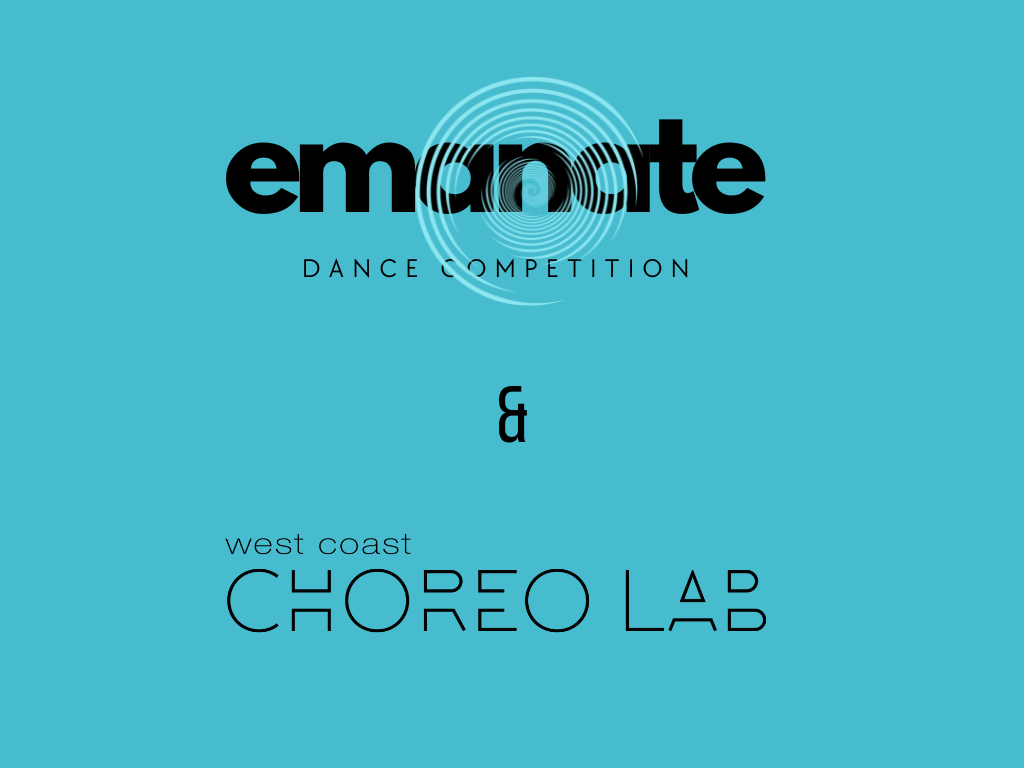It Takes Time
/It has been awhile since I have had the opportunity to sit down to write. The delay is not because of negligence, it has been due to 2 disruptive life events - a birth and a death. I write this today from a more personal note than usual - I hope that's not indulgent, but honest.
The birth has been a new endeavour, our Bez Arts Hub baby. For years my husband and I have dreamed of a space where artists might be able to collaborate, present, have meaningful camaraderie; a place that the community at large would be able to join in on the synergy and witness creative minds in motion. It took decades to conceive, but when our dance studio found itself in the position of needing to move to a new location, it seemed logical to consider the dream that had sat on the shelf these many years. "What if, rather than just open another studio, what if we found a space that could be multi-use for all the arts?"
It took 8 months for that vision to grow and find its ideal locale - 8 months of knocking on doors and putting in proposals and looking at spaces before just the right one emerged. A lovely studio space, one that had been on the market for nearly a year, found its way onto our radar.
Amazingly by the end of the 9th month (like I said, a birth), we signed the papers and moved in. And yes, all that a new baby requires, this newborn needed it from us - it kept us up at night as we became aware of all that was required; it was continually making messes that called for cleaning up; its growing activities were incessantly crying our for attention; and its practical demands involved endless effort on the part of both of us, regardless of how weary we were becoming.
But it's here and it's wonderful! How wonderful this new life in the community has not only brought heaps of joy, but has also drawn people together (as so many babies do). And we are thrilled that we've been able to deliver a healthy offspring. Trusting that we'll have the energy to keep up with it!
That brings me to the death. For double the number of years that we have dreamed our dream, my father has envisioned similar things - care for families, room for artists, fostering community. I suspect that those seeds took root in my own heart and became the implanting of my version of what he had envisioned. I wanted to make sure that he got to see the multiplication of his dream in a new generation; I wanted him to know that it was even a dream that came alive for the sake of his grandchildren too.
Our first major production in the Bez space was a dance production that his adult granddaughter, my daughter, was in. By this point, his health was not good and, because of living on Vancouver Island, it was a challenge to get him over to Langley, but I knew he needed to come. Finessing a complex series of transportation strategies, we managed to get him there and back. My dear dad, he gushed about how much he loved the space and the professionalism of the performance - endless comments of pride, "How did you do all of this?" were enough affirmation for a lifetime. What we did not foresee - in just a few weeks he would pass away.
Understandably, it has been difficult to grieve - this new baby has been so demanding and needy, we've had little time to pay attention to the loss of my dad And yet, because new life has come synchronistically with this death, there has been a undeniable sense of comfort in the new life we've been experiencing at Bez. He is gone, but he still lives in the vision of this place. Bez Arts Hub has his heart, his passion and compassion, and note...it also has ours.

